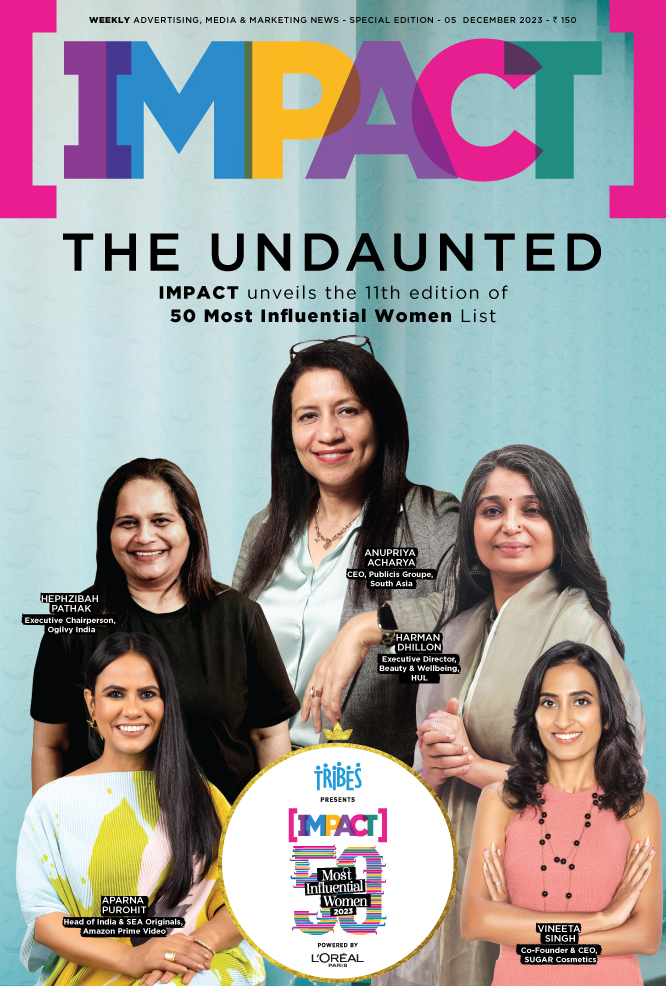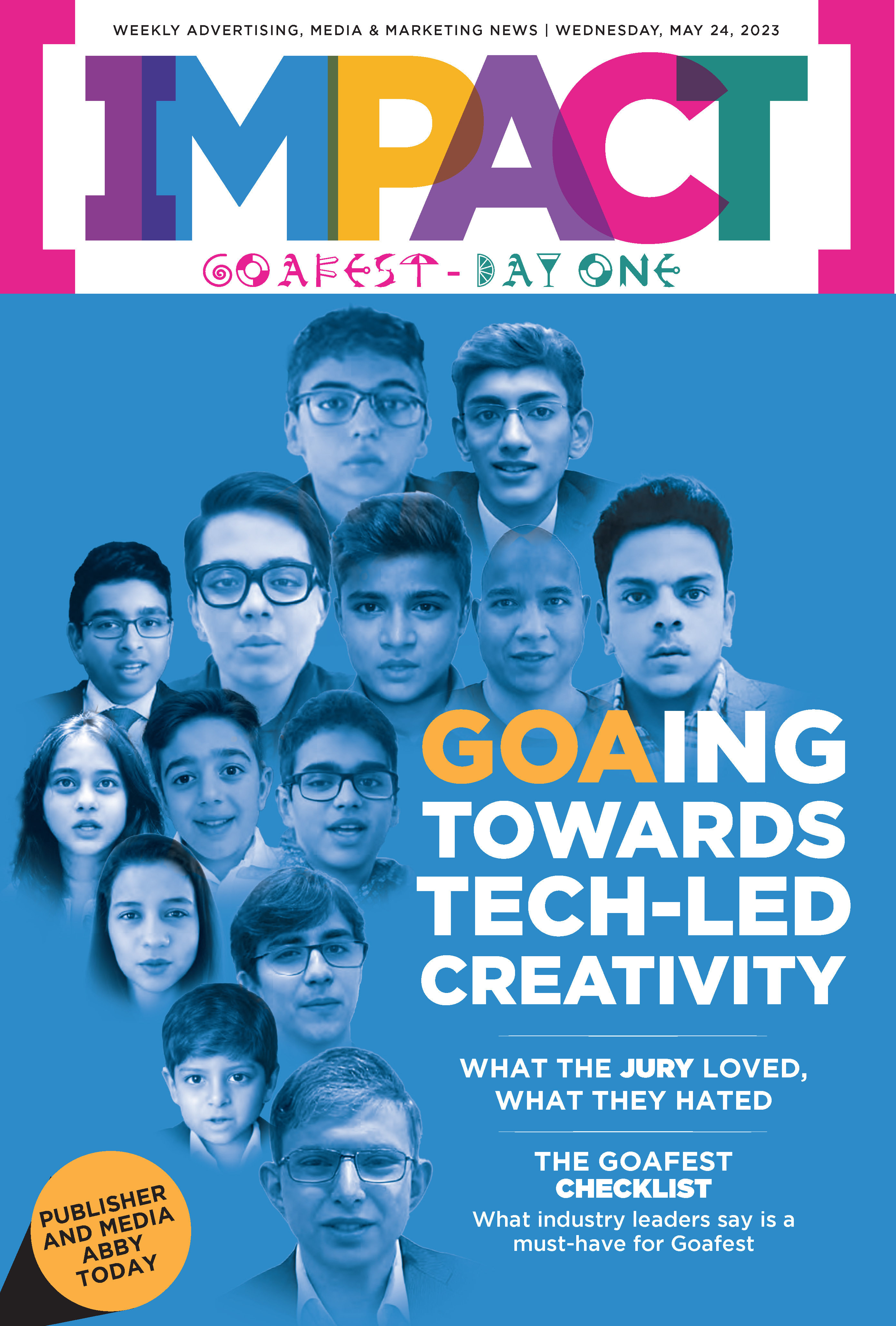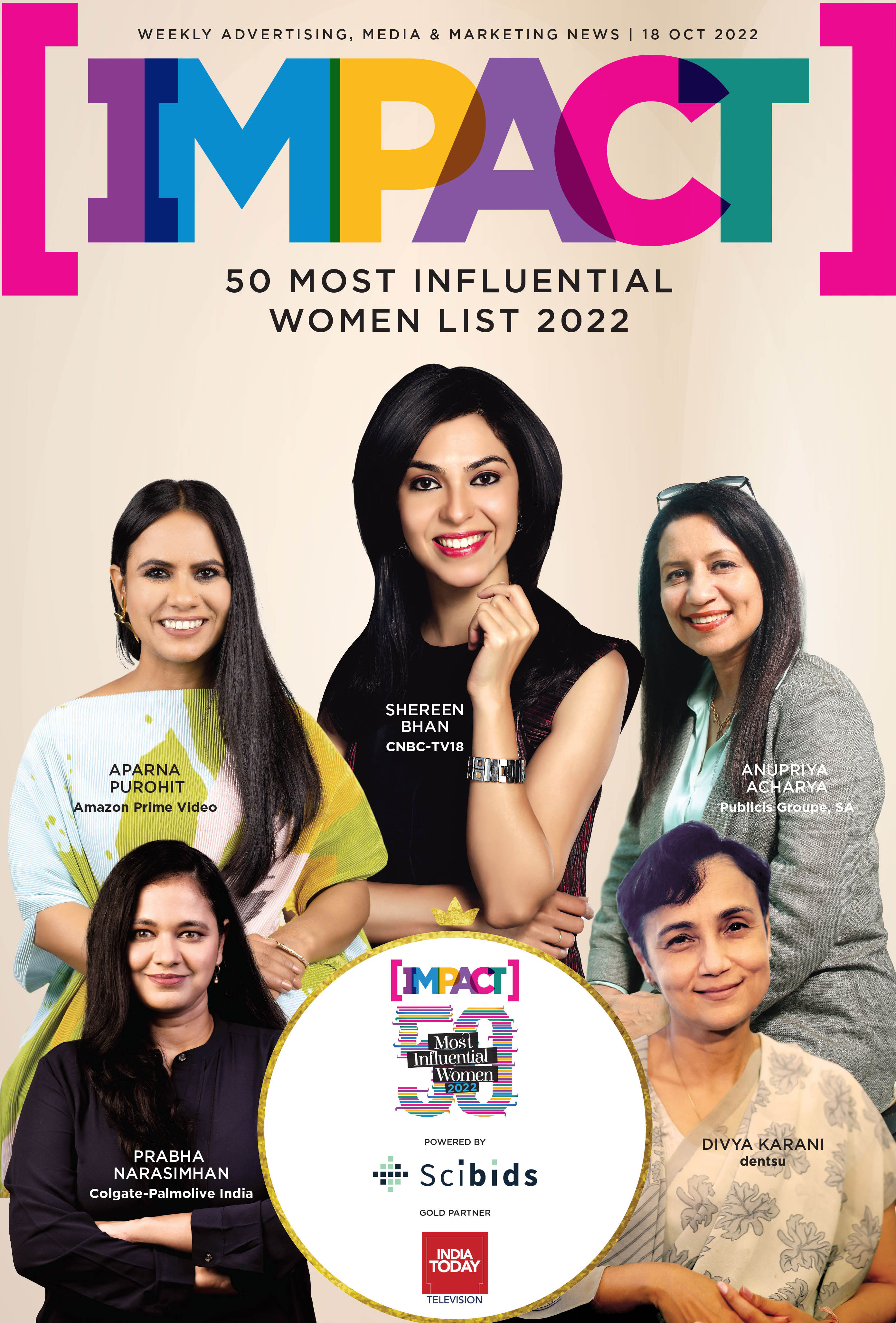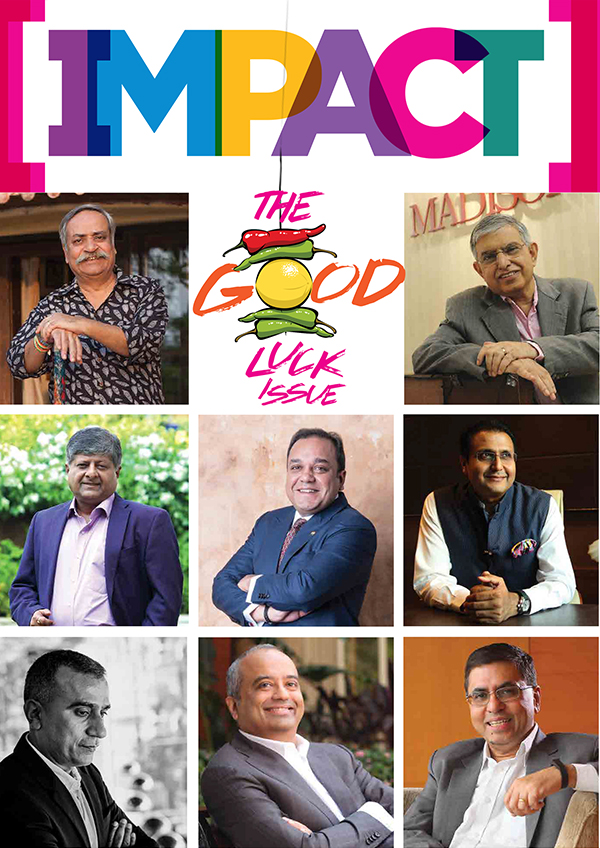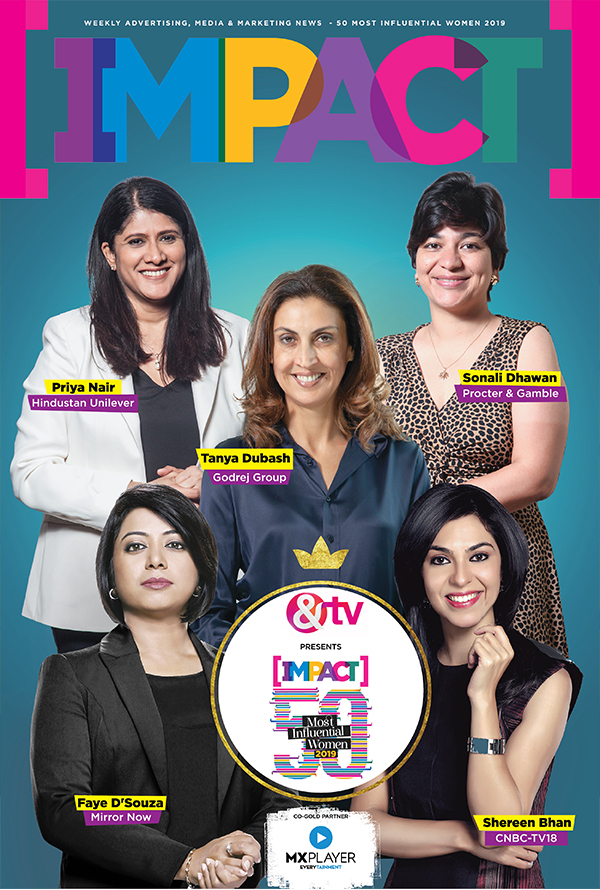For years, online marketplaces like Myntra, Amazon, and Ajio have been the lifeline for many D2C brands offering visibility, reach, and a ready base of shoppers. They’ve served as digital storefronts where customers can discover, compare, and conveniently purchase products, all under one roof. But for the very brands they once empowered, these platforms are beginning to feel like a double-edged sword. Recently, Rishabh Harish, Co-Founder of sustainable apparel brand Wellbi, took to X (formerly Twitter) to call out Myntra’s aggressive discounting. “We’re not selling T-shirts at Rs 400–Rs 500. We’re a premium brand, not here to burn money and reputation because some account manager doesn’t get it,” he wrote.
Recently, Rishabh Harish, Co-Founder of sustainable apparel brand Wellbi, took to X (formerly Twitter) to call out Myntra’s aggressive discounting. “We’re not selling T-shirts at Rs 400–Rs 500. We’re a premium brand, not here to burn money and reputation because some account manager doesn’t get it,” he wrote.
His post, now at over 1.1 million views, struck a chord with many founders facing similar struggles to protect brand value in India’s discount-driven market. Ironically, Harish used the same thread to plug his brand, offering a 15% off discount for X users.
The post also reignited the debate over how marketplaces influence consumer psychology. One user even commented below asking whether Myntra forces discounts because they have pushed a psychological notion in customers? that ‘if you want great deals on good brands, you find it on Myntra.’ Responding to the user, Harish said Myntra’s model thrives on volume, not brand health. “They earn through commissions and ads. Returns don’t affect them. More orders mean more money, even if brands suffer,” he mentions.
For D2C brands like Wellbi, the incident highlights a growing tension between building long-term brand equity and surviving in a marketplace ecosystem. If customers found out that the pricing of the brand’s products is different on the marketplace compared to their own website/store, it would dilute the brand positioning overall.
Talking to IMPACT, Rishabh Harish says that he refused to offer discounts, as they are building a premium brand focused on quality and comfort, not just volume. “Our T-shirts are made from a bamboo-cotton blend, a fabric that’s naturally softer, more durable, but also more expensive to produce,” he highlights. Harish says maintaining Wellbi’s quality means holding firm on pricing.

“Discounting heavily would dilute the brand’s value and send the wrong message to customers who appreciate craftsmanship over cheap deals. We’d rather grow slowly with the right audience than scale fast by undervaluing what we create,” he explains.
On what could be a win-win for both brands and marketplaces, Harish believes platforms must allow brands to retain pricing control and focus on building long-term trust rather than short-term sales spikes.
Harish points out that the marketplace model inherently prioritises scale and sales over brand health and consistency. Therefore he suggests that the middle ground lies in creating a fair ecosystem, one where brands decide their pricing strategy and platforms enforce stricter return and exchange policies to prevent misuse.
“That’s the only way to ensure sustainable profitability and genuine customer satisfaction,” Harish adds.
Harish also believes that the constant pressure from marketplaces to run discounts forces brands to undervalue their products just to stay visible.
“This not only reduces margins but also shifts focus away from innovation and product quality,” he says. “Founders end up worrying more about finances than building something meaningful. Over time, that erodes the brand’s identity and customer perception,” he says.
He also points out that marketplaces often highlight the massive ad spends of large, well-funded brands, setting unrealistic benchmarks for smaller and emerging players.
“This pushes emerging brands to overspend on acquisition, chasing visibility instead of building sustainability,” he explains. “As a result, customer acquisition costs skyrocket, margins shrink, and many promising young brands burn out before they even reach profitability,” Harish points out.
“In short, the current ad-driven model benefits the platform more than the brands unless there’s a shift toward fairness and shared responsibility,” he asserts.
IMPACT also reached out to Myntra, but they had not responded by the time of publishing the story.
Despite the friction, Wellbi’s viral post on X turned into an unexpected growth moment for the brand. “We generated `6 lakh in organic sales in a single day,” Harish shares. “My following on X grew by over 1,800, and many customers publicly appreciated the quality of our bamboo tees, urging us not to drop prices,” he adds.
However, this raises a serious concern for emerging brands. If they’re constantly pushed to offer steep discounts and spend heavily on ads just to stay visible, how can they sustain their brand positioning? This move, over time, risks turning premium labels into mass-market players, eroding the very identity and trust they’ve worked to build. Talking to other players, Sanjay Vakharia, CEO and Co-Founder, Spykar, says that it’s a constant balancing act. “Online platforms provide strong visibility and reach, but also come with pressures around pricing and promotions. Working closely with our partners to align brand positioning and listings so that they are presented correctly, and also maintain our pricing integrity. Visibility is important, and our approach is to use these platforms strategically, complementing our offline presence and brand-owned digital channels,” Vakharia highlights.
Talking to other players, Sanjay Vakharia, CEO and Co-Founder, Spykar, says that it’s a constant balancing act. “Online platforms provide strong visibility and reach, but also come with pressures around pricing and promotions. Working closely with our partners to align brand positioning and listings so that they are presented correctly, and also maintain our pricing integrity. Visibility is important, and our approach is to use these platforms strategically, complementing our offline presence and brand-owned digital channels,” Vakharia highlights.
 Isha Pacheriwal, Co-Founder of women’s clothing brand Raisin Global, says balancing visibility with value is a growing challenge for fashion labels. “Marketplaces help people discover us but also create an endless cycle of discounts and price comparisons,” she notes.
Isha Pacheriwal, Co-Founder of women’s clothing brand Raisin Global, says balancing visibility with value is a growing challenge for fashion labels. “Marketplaces help people discover us but also create an endless cycle of discounts and price comparisons,” she notes.
Raisin avoids deep discounting to protect its premium positioning. “We design with care and use sustainable fabrics — if we keep offering heavy discounts, that value fades,” Pacheriwal explains.
The brand limits offers to festive periods and keeps select collections exclusive to its own website to maintain pricing control and authenticity.
“We treat marketplaces as discovery channels, not profit centers,” she adds. “Once customers experience our quality there, most return to our website for repeat purchases.”

 Skincare brand Fixderma tackles discounting by maintaining uniform pricing across platforms to protect brand integrity, capping discounts at 15% and focusing instead on free samples and premium giveaways, says Vedika Chouhan, Senior Brand Manager.
Skincare brand Fixderma tackles discounting by maintaining uniform pricing across platforms to protect brand integrity, capping discounts at 15% and focusing instead on free samples and premium giveaways, says Vedika Chouhan, Senior Brand Manager.
She adds that high Return-to-Origin (RTO) rates push D2C brands to promote prepaid orders over Cash on Delivery, while rising acquisition costs worsened by ad fraud and invalid traffic, especially during festive seasons, makes profitability tougher. Despite high commissions, marketplaces remain essential for visibility, and tools like IAS and DCM help Fixderma curb wasted ad spends. Kartik Srinivasan, a communication strategy consultant, believes that founders who are discovering the power of managing their personal brands can benefit from this kind of authenticity.
Kartik Srinivasan, a communication strategy consultant, believes that founders who are discovering the power of managing their personal brands can benefit from this kind of authenticity.
“It reinforces the brand’s premium positioning in the minds of discerning buyers and can even translate into real sales,” he says.
However, Srinivasan cautions that credibility comes with limits. Not every brand can afford to alienate marketplace partners. “Most D2C brands are already perceived as unnecessarily expensive, especially when affordable options are easily available at stores like Zudio, Style Union, Easybuy, or R&B,” he explains.
He adds that the key lies in balance, founders can occasionally speak out or choose when to participate in marketplace-driven sales, as long as they don’t antagonise the very platforms that amplify their reach. Saurabh Parmar, fractional CMO, mentions that this conflict is real. As consumers increasingly buy based on ‘sort by price,’ D2C brands should focus on brand and strategy but most don’t. “Their growing dependence on marketplaces, from sales to ad spends, has turned what began as a growth enabler into a toxic relationship,” he points out.
Saurabh Parmar, fractional CMO, mentions that this conflict is real. As consumers increasingly buy based on ‘sort by price,’ D2C brands should focus on brand and strategy but most don’t. “Their growing dependence on marketplaces, from sales to ad spends, has turned what began as a growth enabler into a toxic relationship,” he points out.
As BigBasket brings grocery shopping to ChatGPT with UPI payments, Parmar predicts that with the rise of AI platforms, D2C brands might get traffic from AI-driven ecosystems.
“This could look like a great opportunity. But in the long term, it could become an even tougher equation than marketplaces. Because AI won’t just influence where and how consumers buy, it will also shape how brands are presented and communicated. That means brands risk losing not just control over their distribution, but also over their tone, identity, and storytelling,” he highlights.
As the lines between convenience and control continue to blur, India’s D2C brands are learning that visibility often comes at the cost of autonomy. While marketplaces offer instant reach and scale, they also set the rules from pricing to positioning. For emerging founders trying to build something enduring, the challenge isn’t just about surviving discount cycles or algorithmic placements, but about protecting what makes their brand distinct in the first place.

















